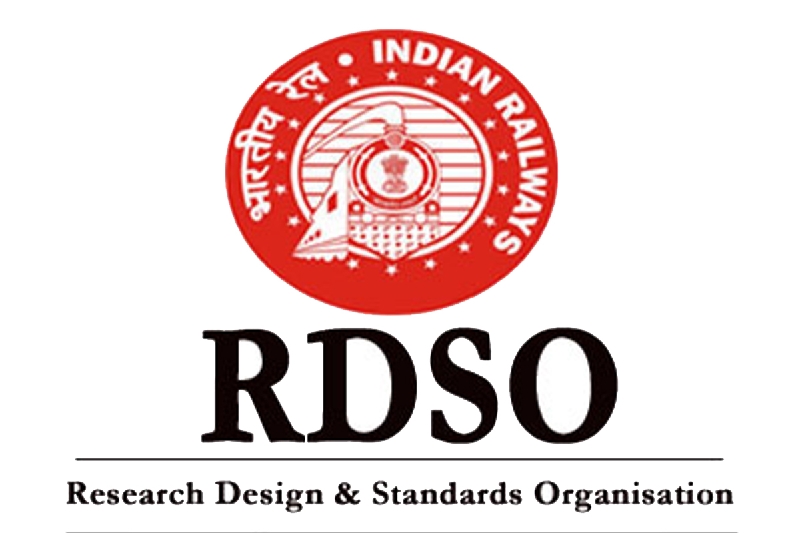Disentangling the Vendor Development Processes of RDSO, Part-II
Editorial Comment: Vendor Approval policies of Indian Railways have been in state of confusion since 2010-11 when then Minister for Railways, #MamtaBanerjee said on the floor of the house: “I am not happy with the functioning of RDSO”. Her lament led to major reshuffle of policies and personnel. This was followed by an angry #PiyushGoyal and then #AshwiniVaishnaw who perhaps were more driven by their experience as vendors in their past corporate avatar.
Over the course of 15 years, there were numerous changes such as the reassignment of items between agencies and modifications to #vendor categories. Nonetheless, a standardized structure for vendors across the country was not established. Although feasible, it faced resistance due to entrenched #departmental interests and geographically specific vendors in their preferred Production Units (#PUs). These circumstances contributed to delays in the retirement of #ICF coach production.
Instead of addressing core issues, #RDSO was perceived primarily as a vendor management agency. This perception negatively affected the service engineering role of RDSO. After 2014, PUs were assigned record orders as well as the responsibility for vendor development and management. Due to rapidly changing vendor handling policies, the quality of output from PUs began to decline, which is evident from the increasing asset failure rates across Indian Railways, particularly in rolling stock.
We invited comments of an eminent retired officer who is known for keen insights into the process of vendor development and management. Readers should forgive that the article would read more like an official note in four parts, but our #editorial-advisors advised us to preserve the structure given importance of the subject.
Systemic Deviations by the RDSO from Established Policy Framework and their Consequential Ramifications- Suggestions for improvements (Continued from Part-I)
Read in continuation: “Disentangling the Vendor Development Processes of RDSO, Part-I”
3. Disconnect Between Policy and Process Workflow- Understanding Ground Realities—the Critical Policy Oversight
3.1. Turning now to another policy circular, it is submitted that the formulation therein betrays a clear lack of understanding of the actual process flow and time commitments inherent in the vendor approval mechanism. For the benefit of clarity, the typical workflow is summarized below:
(i) The vendor initiates application through the UVAM portal with requisite documentation as per item-specific specifications and STR.
(ii) RDSO scrutinizes the documents and communicates deficiencies, if any, for rectification.
(iii) Upon satisfactory documentation, a representative is deputed for Capacity-Cum-Capability (CCA) assessment.
(iv) During CCA, observed deficiencies are classified as major or minor, and the vendor must rectify these before clearance is granted.
(v) Post-CCA, the vendor is asked to submit design drawings for approval.
(vi) After approval of design drawings, they are asked to manufacture and test the prototype, including all internal and third-party validations.
(vii) The prototype is then offered for inspection at the firm’s premises. Upon clearance, the vendor is granted “Developmental” status for most items—except in certain high-criticality cases where field trials of a prescribed quantity are mandatory even for developmental classification.
(viii) After being categorized as “Developmental,” the vendor must supply the minimum specified quantity, which undergoes service performance evaluation as per item-specific timelines.
(ix) Only upon satisfactory performance in service trials is the vendor considered for up-gradation to “Approved” status.
3.2. It is imperative to begin with a basic but often overlooked truth: unless ground realities are accurately understood, any policy framed will inevitably falter in execution. Unfortunately, this is precisely where the Railway Board’s directive has failed—by prescribing timelines and accountability measures without a clear appreciation of operational bottlenecks on the ground.
The primary delays in the vendor approval process occur predominantly at two distinct stages, both of which are attributable almost entirely to the applicant firms:
(i) Incomplete Documentation: Vendors submit applications with incomplete or deficient documentation. Upon scrutiny, these deficiencies are pointed out by the concerned RDSO directorates, following which firms take considerable time—often spanning multiple rounds of correspondence—to comply. This iterative process is not time-bound from the firm’s side and results in significant delays.
(ii) Post-CCA Delays: After capacity-cum-capability assessment (#CCA) is completed, vendors are required to manufacture a prototype, carry out internal and external tests, and then offer the product for inspection. Here too, the timeline is dictated by the vendor, not RDSO, and firms routinely take months before becoming ready for prototype clearance.
3.3. Despite the above, the current policy regime unfairly and inaccurately attributes the entire time span—from the date of application to final approval—to RDSO, thereby painting a distorted picture of administrative delay. This conflation is not only erroneous but also detrimental to institutional accountability and transparency.
It is therefore strongly urged that:
- The effective date of application should be redefined as the date on which the vendor submits a complete, compliant application, ready for movement to the next stage (i.e., CCA).
- Similarly, the period taken by the vendor to manufacture and offer the prototype should be distinctly recorded and excluded from any delay attributed to RDSO.
3.4. One may contend that RDSO, too, might cause avoidable delays in scrutiny, CCA, or prototype inspection. While such an argument may appear facially valid, it does not withstand scrutiny in the current digitized environment. Unlike earlier manual systems, the present UVAM portal enables complete traceability of each action, thereby allowing for pinpoint attribution of delay. Officers no longer enjoy the opacity of manual file movement; they are accountable in real-time and must justify any lag attributable to their role.
3.5. In light of this, the #UVAM portal must be restructured to clearly demarcate delays attributable to vendors and to ensure that the total processing time is assessed only after subtracting the vendor-induced delays. This alone will ensure accurate performance evaluation and foster a fair, transparent, and accountable approval framework. Contd..


